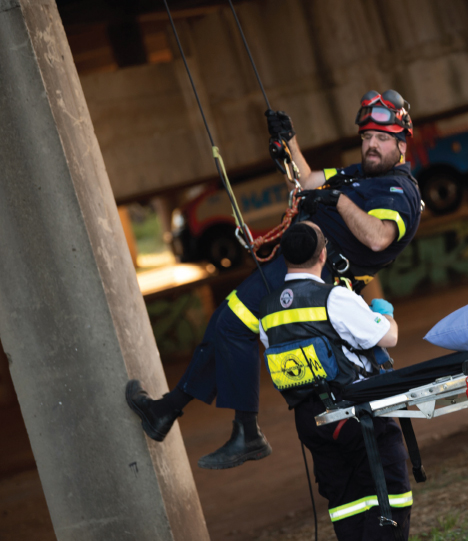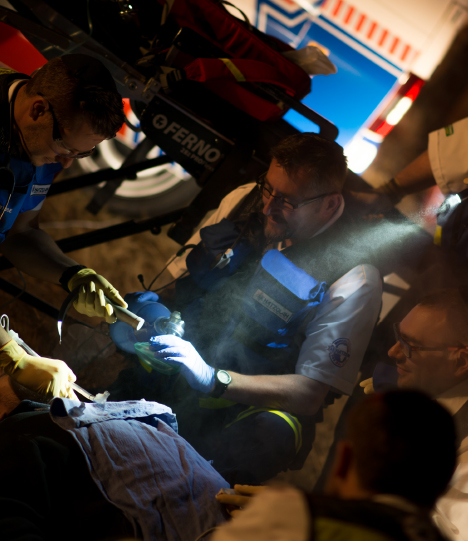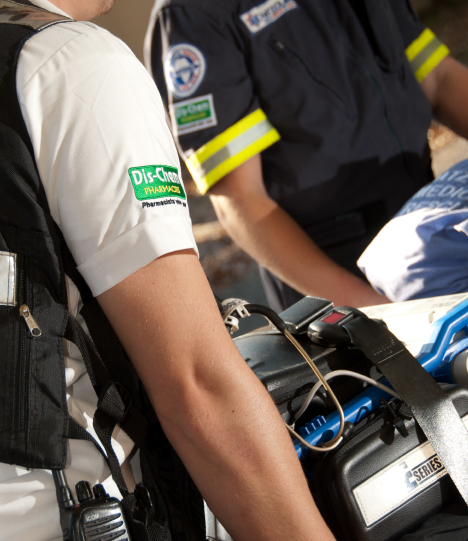Recognising a Heart Attack
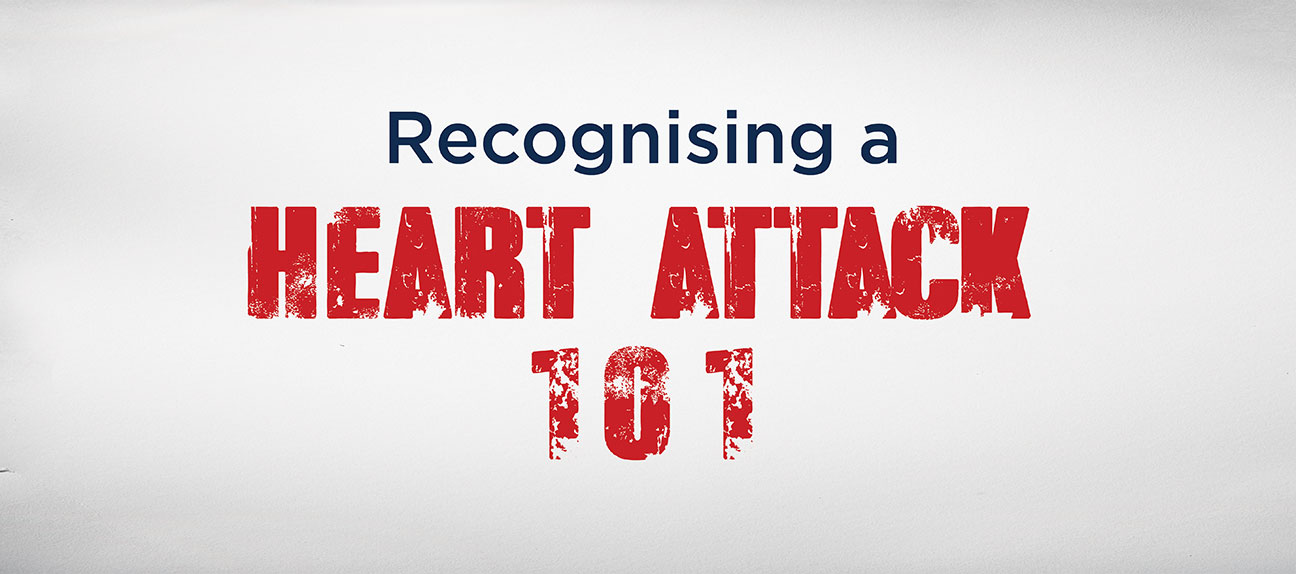
The important thing to note is that the warning signs of a heart attack will vary from person to person. In some cases, the signs may not always be sudden, while in others they could develop over minutes and become progressively worse. You could also have just one or a combination of symptoms which should last for at least 10 minutes. No two heart attacks are the same. Even if you have had a heart attack before, your symptoms may be totally different the second time around. By understanding and familiarizing yourself with the warning signs of a heart attack, you could save your life and reduce the damage to your heart muscle.
Tell-tale signs include:
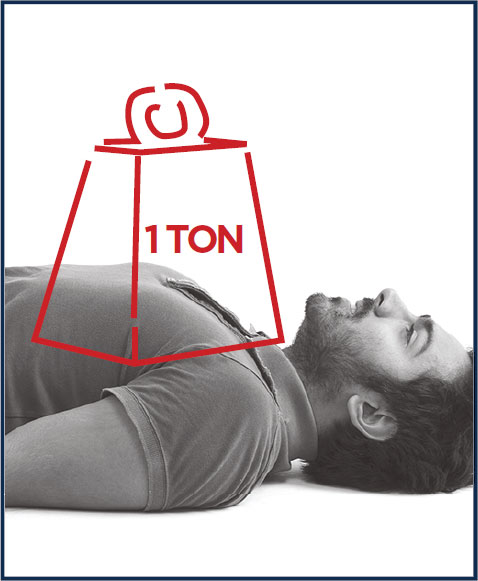
Chest pain, discomfort, pressure or squeezing. Feels like a ton of weight on your chest.

Upper body pain, or discomfort in one or both arms, back, shoulder, neck or jaw.
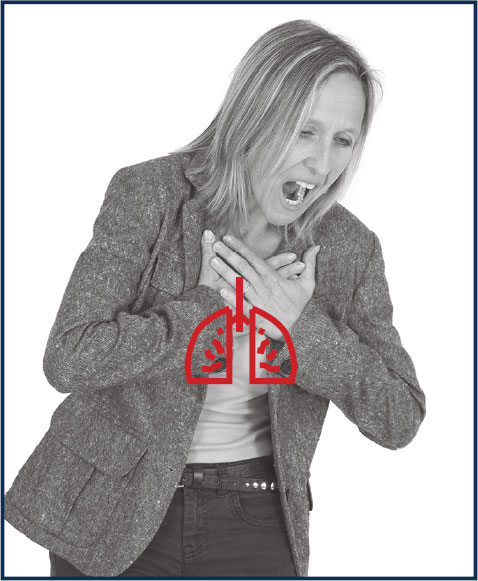
Shortness of breath with or without chest discomfort.
What to do if you experience any of the warning signs:
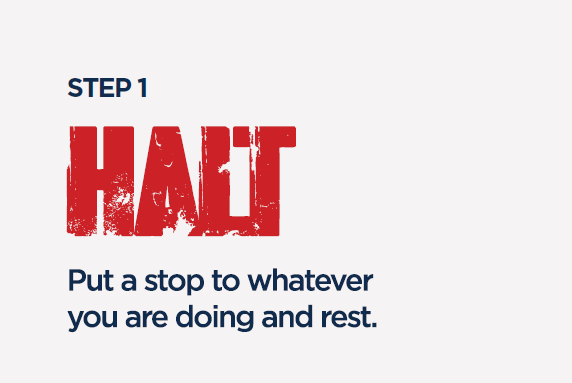


Don’t hesitate, especially if you experiencing severe symptoms that are progressing quickly and have lasted up to 10 minutes. Ask for an ambulance and stay on the line for further advice.
5 Heart attack risk factors
- Smoking
- High blood pressure
- Diabetes
- Raised Cholesterol
- Parents or siblings who have had a heart attack or stroke (especially under the age of 50)
There is no such thing as being too cautious
- Familiarize yourself with the warning signs and what to do.
- Keep an action plan on your fridge.
- Educate family and friends- it could save their lives.
- Reduce your risk of having a heart attack by speaking to your doctor.
Every minute counts. The quicker you can get an ambulance to you, the better your chance of survival and reducing the damage to your heart muscle.
In order to catch potential problems in the early stages, regular check ups are advised.
